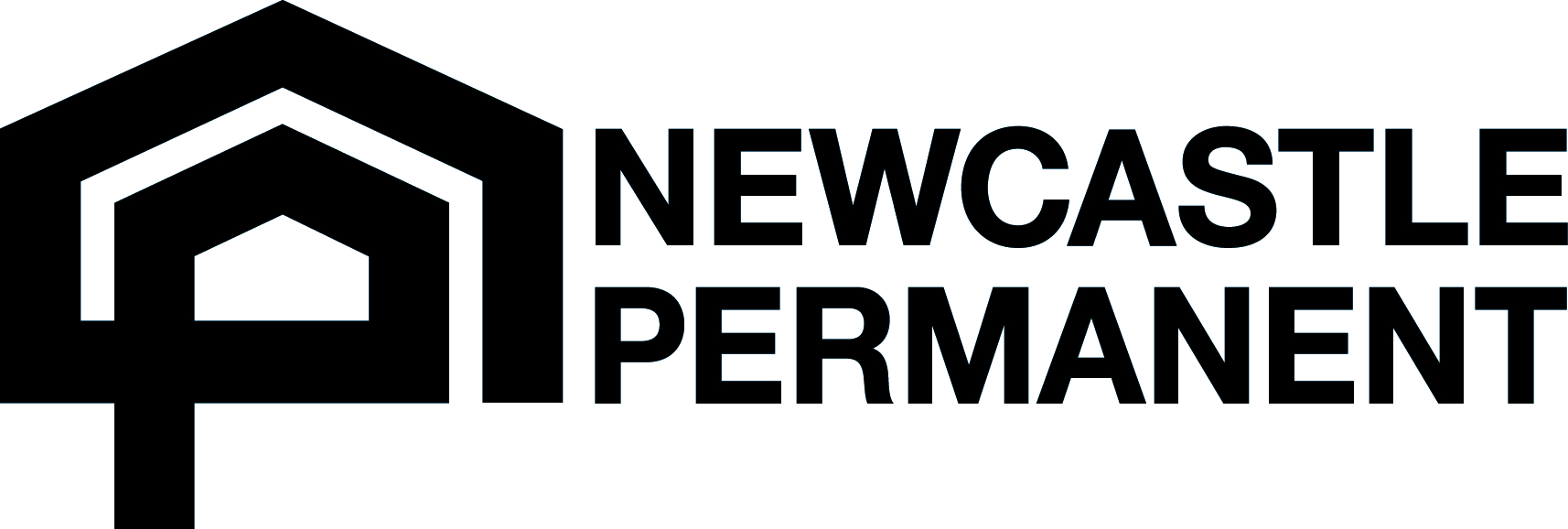
Lenders Mortgage Insurance (LMI)
What is Lenders Mortgage Insurance?
Lenders Mortgage Insurance (LMI) is an insurance policy designed to protect the lender in the event the borrower experiences financial hardship, resulting in the property needing to be sold.
If the borrower finds themselves in this position, and the sale of the property ends up being lower than the amount of money owing to the lender, the LMI policy will ensure the lender is not out of pocket.
LMI is not a policy which protects the borrower.
LMI is usually calculated at the beginning of the loan application and can be either paid as a lump sum payment to the lender or can be added to the total loan balance to be paid off over the term of the loan.
How does LMI assist me?
Generally LMI is required when you have a deposit of less than 20 per cent, however in some cases this can be waived if you are a medical professional or an industry professional. These professions are generally related to doctors, medical practitioners, solicitors and accountants.
Typically lenders want a buyer to have a 20% deposit for their purchase however saving 20% can be quite challenging and take a reasonable length of time. The benefit of LMI is that a buyer can proceed with a purchase with less than 20% deposit, resulting in a purchase earlier than the time frame it may have taken to save the 20%.
Some lenders will finance a purchase up to 90% of the total coast (loan to value ratio - LVR) and there are usually a few lenders who will finance up to 95% or above (depending on the lender policy at the time).
Does LMI impact my borrowing capacity?
When considering LMI and capitalising it into your loan, it is important to note that your borrowing capacity is not increased because you add LMI on top of the loan amount. For example, if your borrowing capacity is $500,000 and your LMI insurance is going to cost you $10,000, then your base loan amount will be $490,000, plus the LMI amount ($10,000) so your total loan amount is still $500,000.
Each lender will have a different policy underwriter. Many lenders use QBE and some underwrite their own policy, so the LMI amount can vary slightly depending on the lender.
There is one consideration to be aware of when building the LMI policy cost into the loan, when you pay $10,000 off over 30 years, you pay a lot of interest to have that policy. Therefore one way to manage this cost is to try reduce your loan by the LMI cost as soon as possible so you’re not paying interest on that component of the loan. Not essential but who wants to pay the banks more money than we already do right!

















